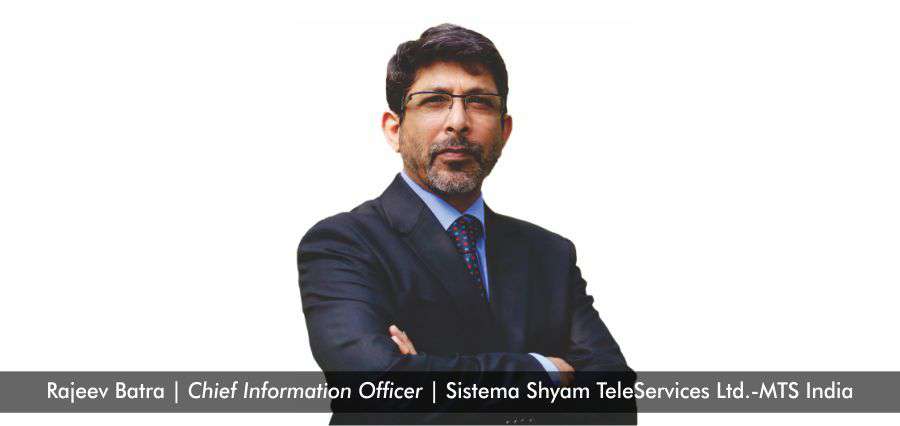IT applications and infrastructure oftentimes used areas
In the current IT scenario, IT applications and infrastructure are frequently using two main areas – Customer Facing Systems and Retailer facing. Under Customer Facing Systems it includes, eCommerce website, Social interfaces, Payment Channels, IVR interface, contact centers, short-code, mobile and web applications for Self-care and, Retailer facing includes Retailer CRM, Lead Management Systems (LMS), Products/Services information modules, retailer performance management, eRecharge and payment channels
It includes
Marketing & Sales:
Big Data and Business Intelligence based Analytics, Collaboration tools, Digital Advertising, GIS, mobile applications for FoS (feet on the street) resource information and data capturing to/from retail outlets, LMS, material tracking from primary till tertiary levels, branded web applications e.g. landing page, product portfolio management.
CSD:
Billing, CRM, Social CRM, CEM (customer experience management), Credit Control, Knowledge portal, Contact Centre Technology, GIS, back office applications, KYC, data de-dupe, trouble ticketing and workflow manage-ment apps.
Finance:
ERP – Financials, Risk Management, inventory management, distribution network billing, revenue assurance, fraud management, treasury, inter-connect billing, on-line banking trans-action applications, MIS
HR:
HRMS (HR Management Systems) for all employee lifecycle management, SIP (sales incentive planning), PMS (performance management systems), R&R (rewards & recognition), internal communications.
IT:
Ensuring operational support for all business processes automation and support systems, Information Security, Data Centre operations (Tier3), VAS applications (value added services), Infrastructure related IT including servers, storage, collaboration systems, statutory and regulatory compliances related applications
Applications may be developed through organic build or sourced through Cloud; nevertheless SMAC (social mobility analytics and cloud) based applications are slowly and steadily becoming the essential aspects in a service sector, regulatory compliance notwithstanding.
The role of the CIO is evolving based on the sector and organization size and maturity
In Sectors where technology plays a very business centric role like telecoms, IT becomes core to business operations. Given that CIO is armed with intricate business process and critical info-rmation he can play a very constructive role of partnering with business teams and providing direction that can plug any revenue leakages, improve business processes or unlock any new revenue stream. Hence it is not an enigma that we are seeing more and more CIOs expanding their roles to shoulder the digital, innovation, customer care related accountability as well besides the traditional role they manage. If CIOs does not show business value in their domain/organization, it does not seem distant that we may start seeing small and medium enterprises start sourcing CIO like services in a share model from “CIO on Cloud”.
However, in case of technology centric and large enterprise business CIOs who have sharp business acumen will remain relevant and contribute to business and revenue growth. Hence CIO should remain a ‘business partner’, who is helping business to evangelize critical technologies for enhanced business outcomes.
Challenges faced by CIOs of today:
Given the advancement in the available technologies, information proliferation and maturing software packages the challenges in todays world are of a different kind. Most of the workforce is digital native and wants to use their own devices and employ open source and freeware software/ application to execute their work; this poses a big challenge despite availability of BYOD and MDM type of official and private containers, when the regulatory compliances are strict and penalties are punitive in nature – hence, there is a very fine balance which CIOs have to maintain to be business and work-force friendly, ensure compliances and still not appear regressive.
Another challenge is free and half baked information about buzzwords like SMAC and BigData available in the public domain, which promises a utopian business environment, but in reality a full implementation is quite complex, time consuming and needs special technical skills besides dedicating business involvement – an aspect, which most of the business leaders take a lot to comprehend in distinguishing technology hype from reality. Taming vagabond applications in an enterprise and ensuring proper lifecycle management for applications is another challenge for which CIOs have to appear a villain in the whole scheme of things, but it’s necessary to ensure sane enterprise architecture which performs to its fullest for business benefit 24X7 without fail. Internal challenge comprises of managing skills of IT team up to mark and keeping attrition manageable in a highly competitive environment. Last but not the least managing business expectations within constraints of dwindling budgets and fewer resources in the name of leaner and low cost business models.
Startup today have an expanded opportunity in an era where mobility has become omnipresent
Coupled with digital native population percentage on the rise, it presents a very viable proposition for an idea that positively impacts human life. Aspects that the startup may have to critically review their business model for success is high probability of social networking, simple and intuitive interface for customers, enhanced reach, scalability, service quality and a unique nuance that may take a finite time to replicate but gives a first mover advantage.
Given availability of low cost IT solutions offered through Cloud the productivity enhancing tools should be harnessed from the word Go so as not be handicapped in a world that rewards the agile, innovative and merit but perishes the one who is not!


